Lone Star Antler Chews was created with the idea of providing the best, all natural chews for your dog. Although our process is not unique to us specifically, we still want to lift the curtain for you so you can get an idea of how your antler goes from a deers head to your dogs mouth.
Step 1: Growth

Red stag with velvet covered antlers.
Not many chew companies out there can say with confidence that their product was grown. Most other chews are made in a factory with countless ingredients that you and I cannot pronounce. Luckily, we don’t have that problem. The beautiful thing about antlers is that they are grown, in nature, every single year. The majority of deer species will start growing their antlers in the spring, when food becomes more readily available after the winter. Deer antler starts off as a soft tissue that grows from the area known as the pedicles located on top of the deers head. It starts off with a hairy substance on the outside known as velvet, and is pumped full of blood to aid in growth. Antler is the fastest growing bone tissue known on earth, and will continually grow everyday for about 6 months.
Step 2: Shed

Whitetail buck with one antler shed off, and one antler waiting to shed.
After the antler is done growing, the blood will exit the antlers, and the outer velvet will dry up. The buck will begin rubbing his antlers on limbs and trees to try and scrape off the excess velvet, leaving behind a hard antler. He will pack these antlers around in the fall and into the winter with one goal in mind. Reproduction. The number one priority for bucks this time of year is to make sure that their genes are carried on to the next generation. In order to win over the females, the bucks will fight each other using their antlers to assert their dominance, and earn the right to reproduce. After a long winter of breeding, the bucks testosterone levels plummet to normal range which sends a signal to the pedicles to release the antlers. The buck will shed his antlers naturally in order to make room for next years set.
Step 3: Acquisition

Shed hunter walking up on a whitetail shed.
One of the most common questions we get is “did you kill all these deer to make these chews?” Our answer is of course no. We only use naturally shed antlers to prevent any unnecessary harm done to the deer. So, when spring arrives, and the antlers start falling, we hit the woods. We spend countless hours walking around looking for fresh antlers that are just waiting to be picked up and utilized for something. Although we try our best to find as many as we can, we would never be able to find enough to supply all of our customers. So, along with finding them, we purchase antlers as well. We visit both ranches and hunters, buying shed antlers that they have found and are wanting to get rid of.
Step 4: Preparation

Box of cut and sanded antlers waiting to be tagged.
After we have either found or bought the shed antler, now is the time to go to work. The first thing we check is that the antler is clean, and power wash it if needed. The next step is to analyze the antler to see what are the best cuts to get from that particular size and species. Once we have figured that out, the saw is turned on, and the antler is cut. After it is cut, we then sand the edges to provide a smooth, safe finish for your dog. Next, we drill a small hole into the antler where the information/price tag will be attached. Then we weigh each individual piece, round it to the nearest ounce, and price it accordingly.
Step 5: Delivery

A happy dog enjoying a Red Stag Burr.
We still aren’t done, but not much more. The next step doesn’t start until you purchase your antler. When that happens, we inspect the antler one last time, making sure all the edges are sanded, place it into one of our bags, and box it up. We also include a handwritten note for you, a refrigerator magnet so you always have a reference for our website, and then drop it off to the post office. They do what they do, you open the box, and your dog enjoys their new chew.
That is our process to get your antler from the deer to your dog. Like we said before, we wanted to summarize the whole process for you so you know what to and what not to expect. If you have any more questions, please feel free to leave a comment or reach out to us.

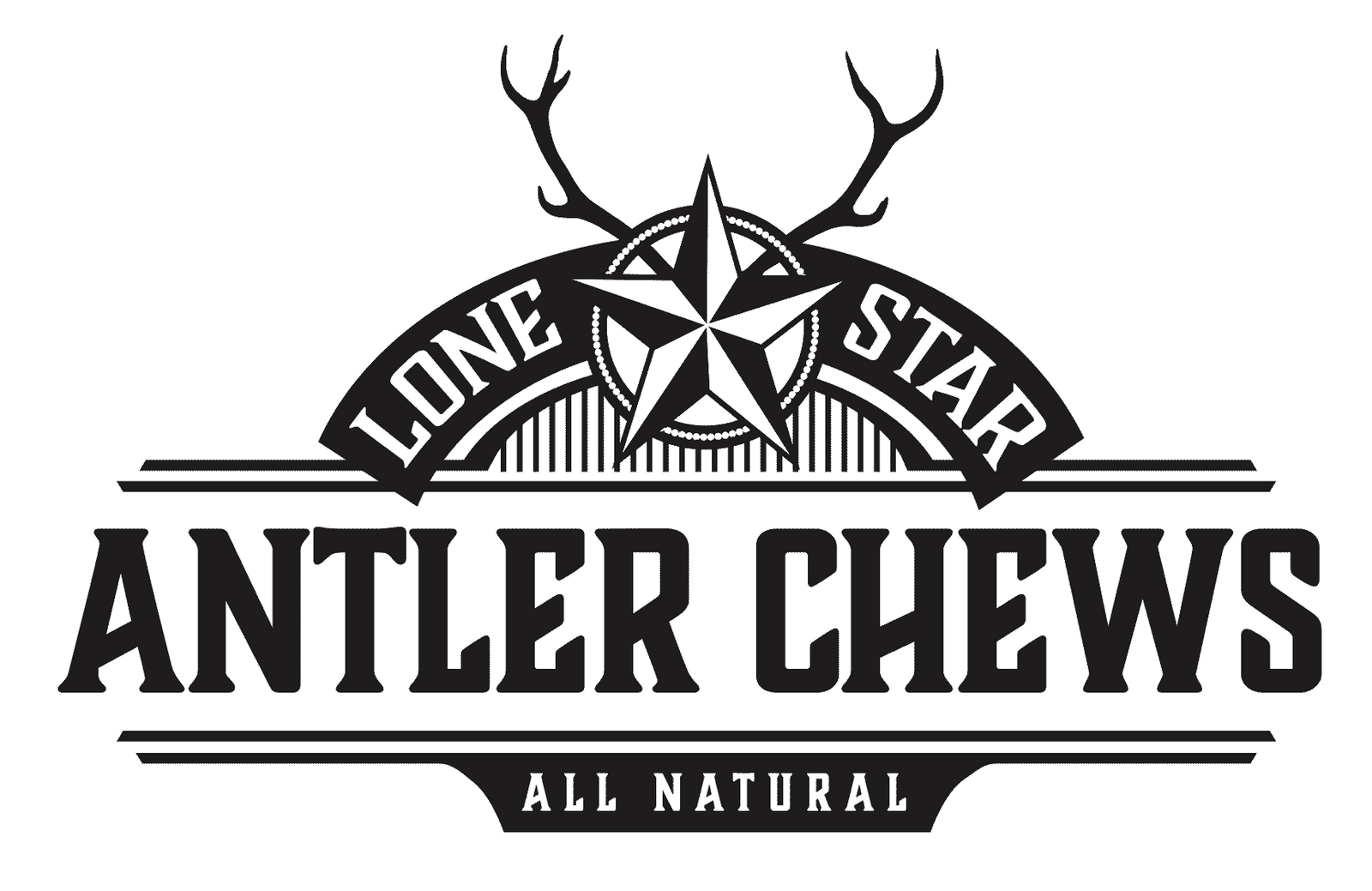
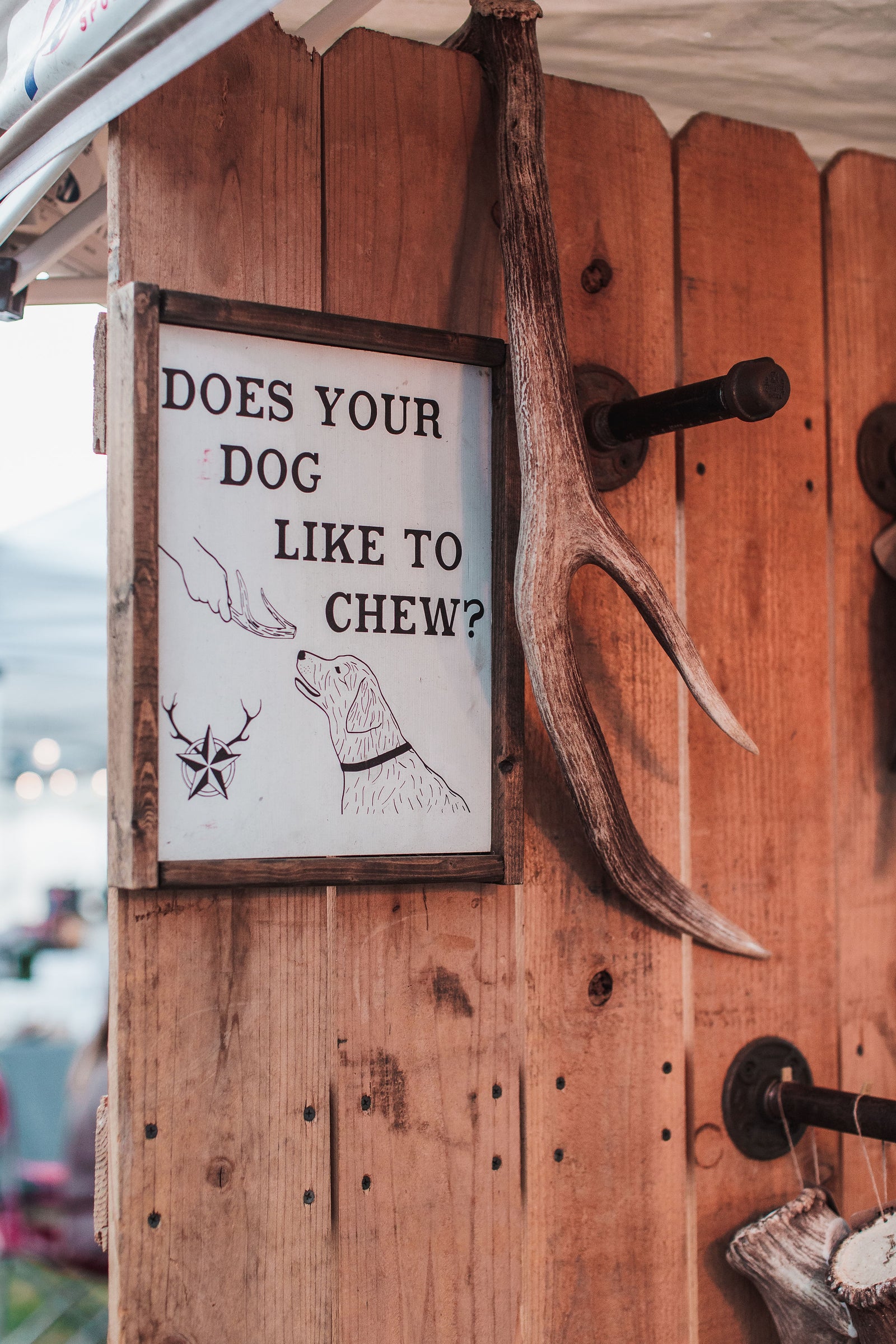
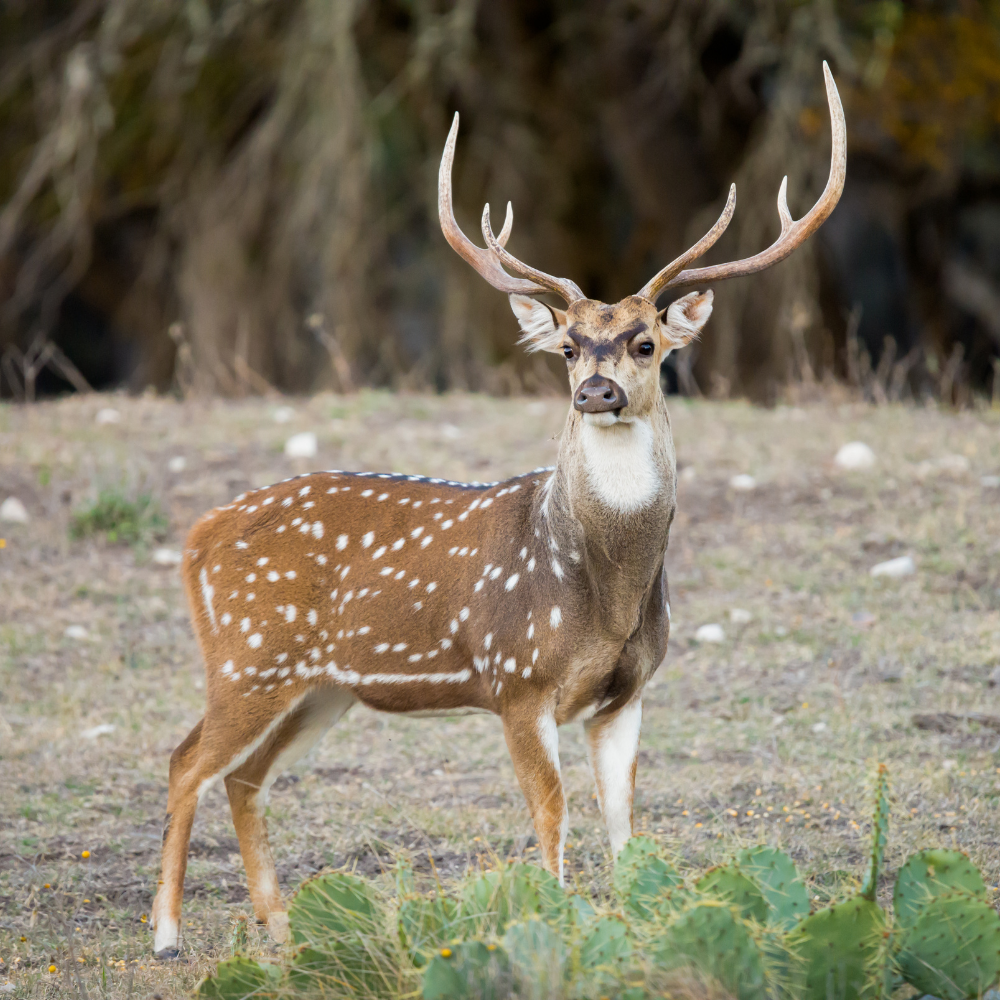
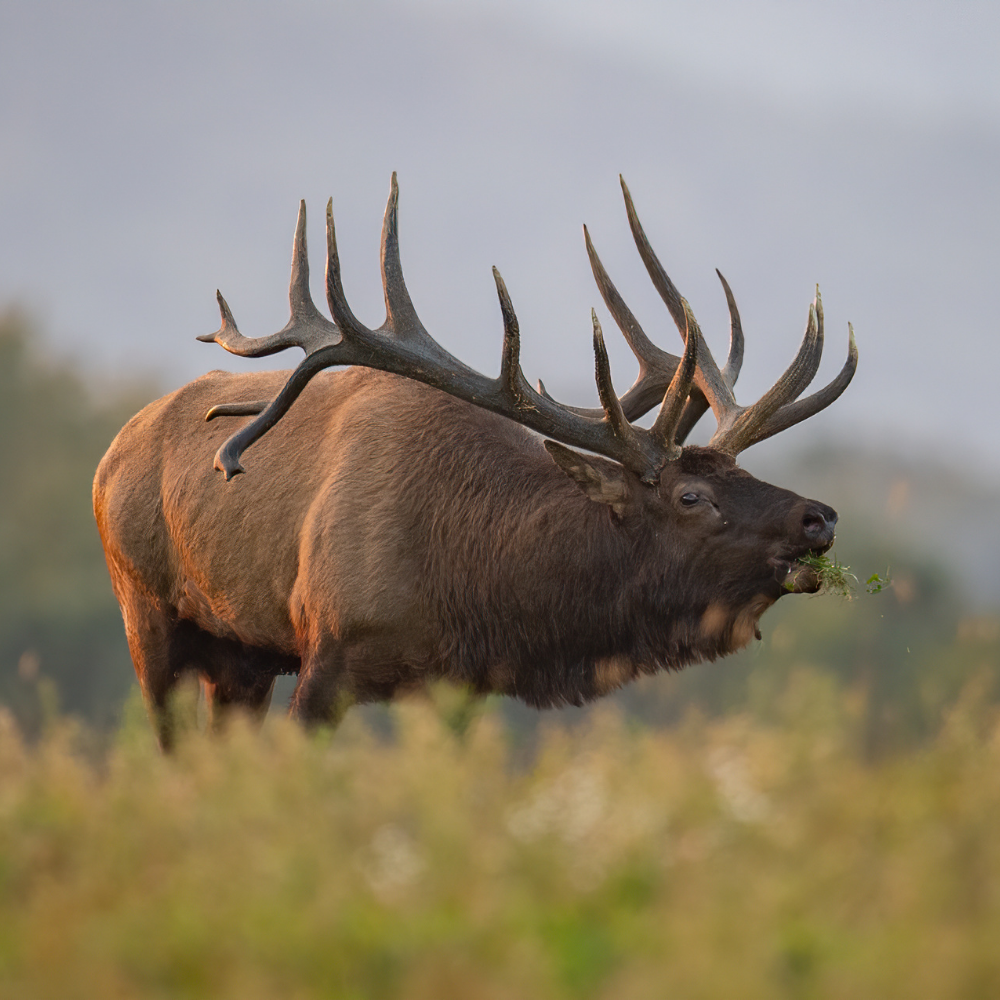
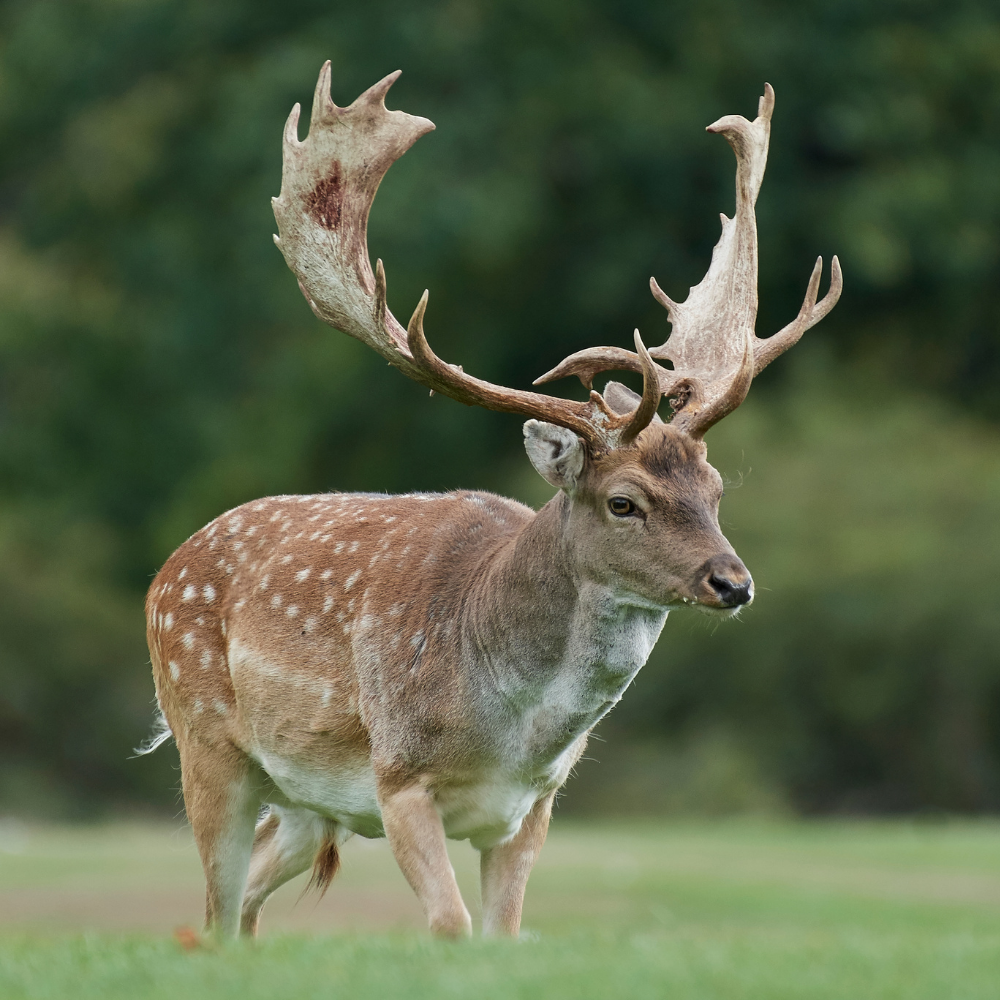
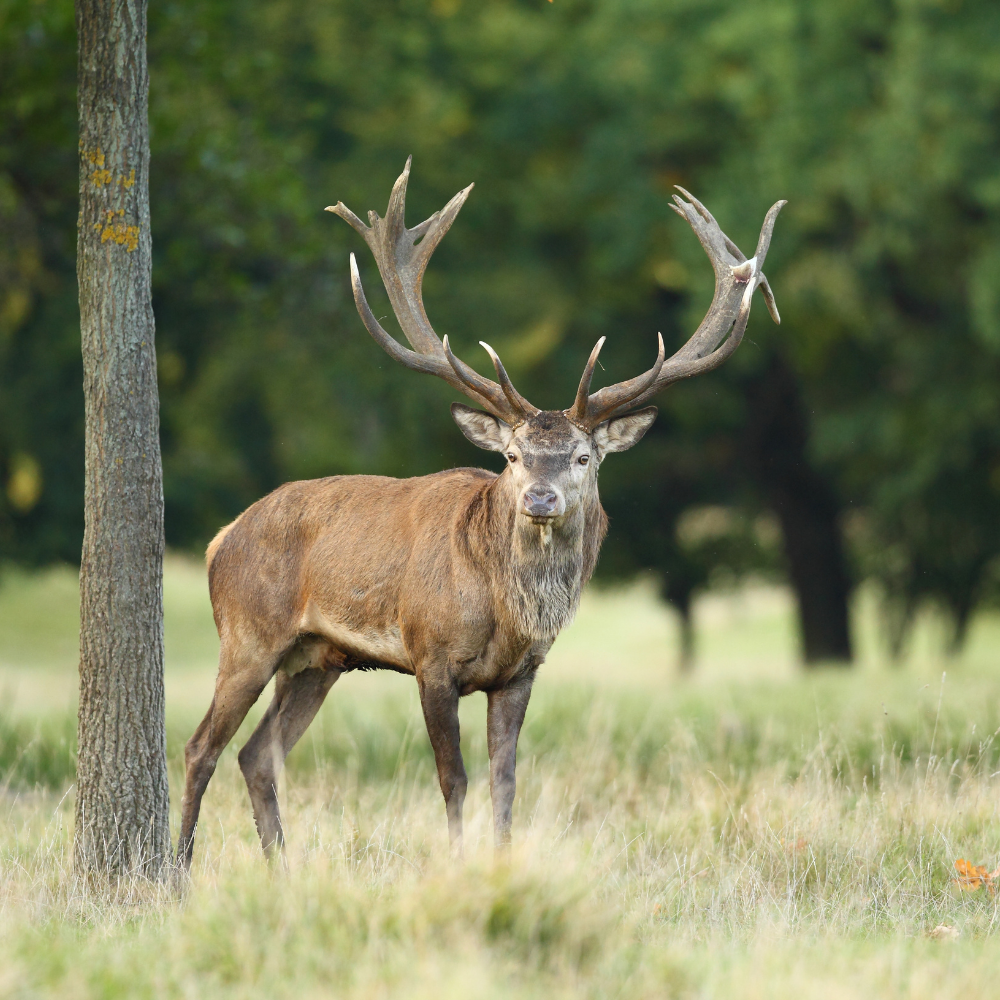
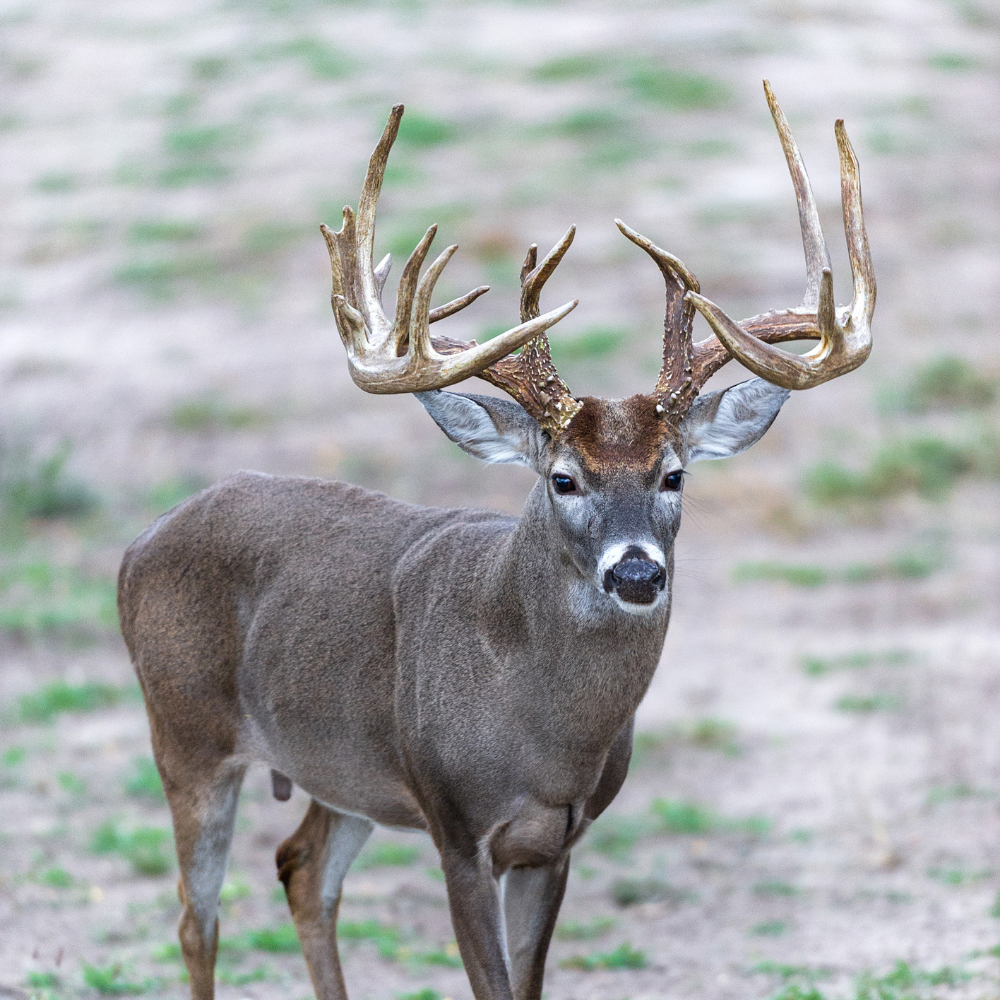
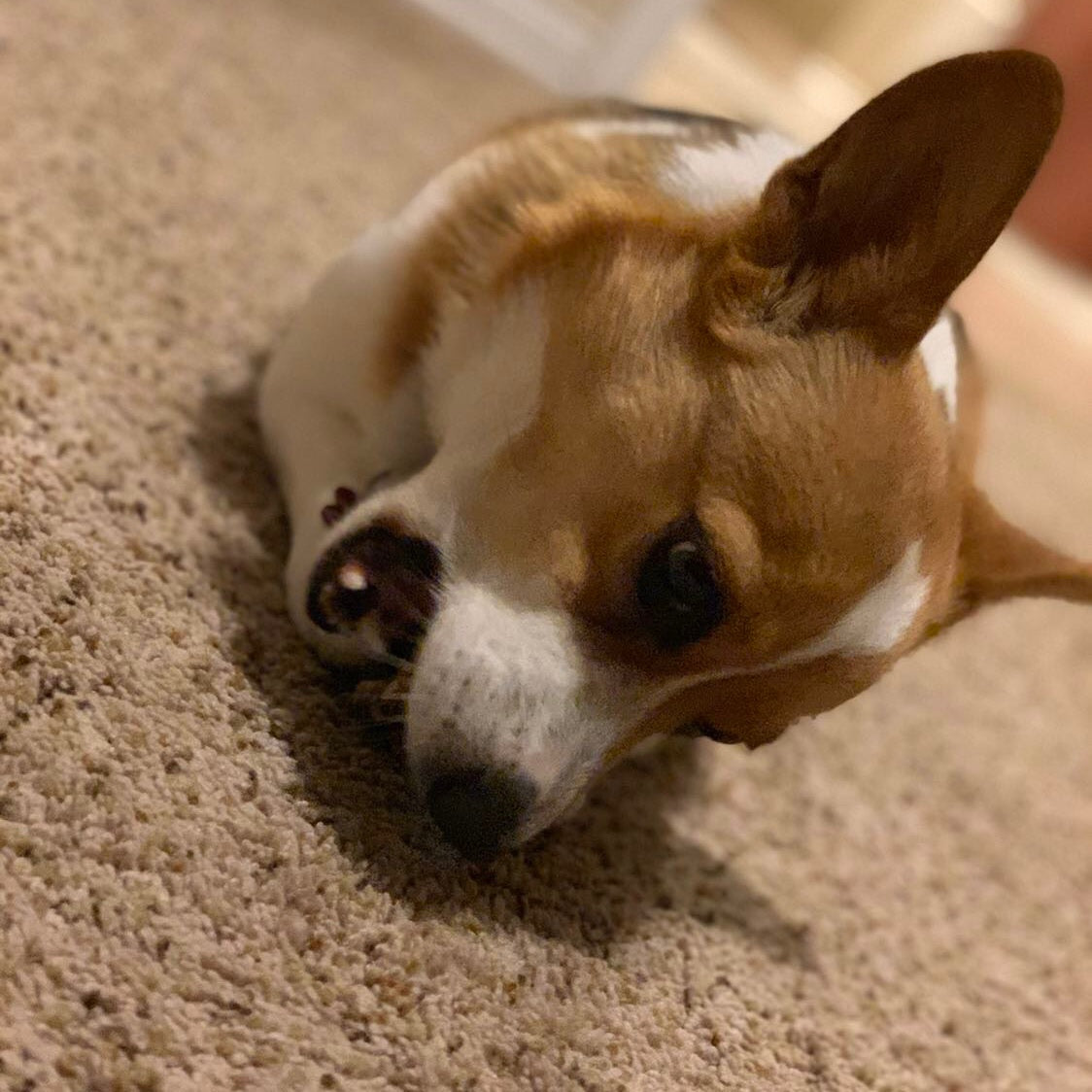
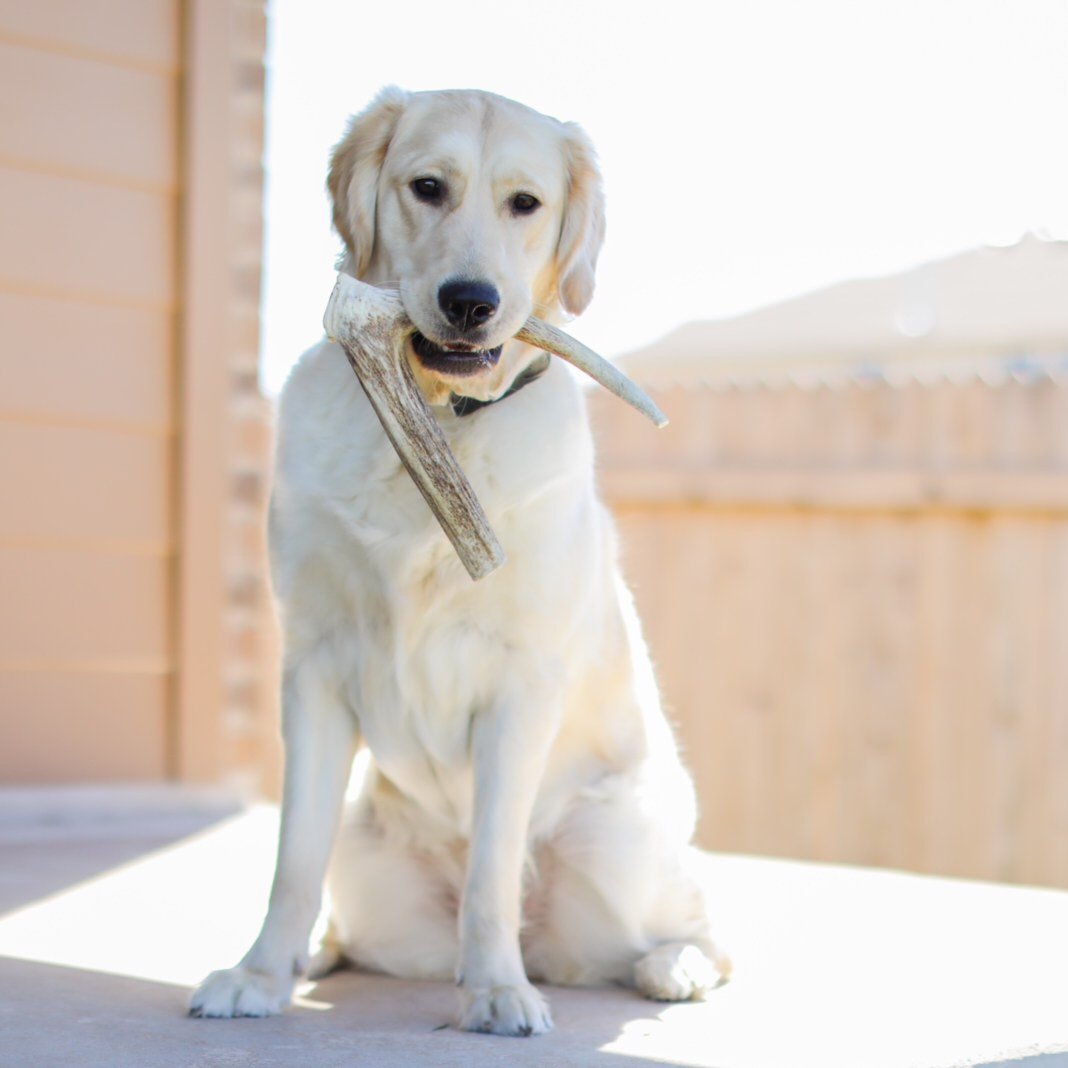
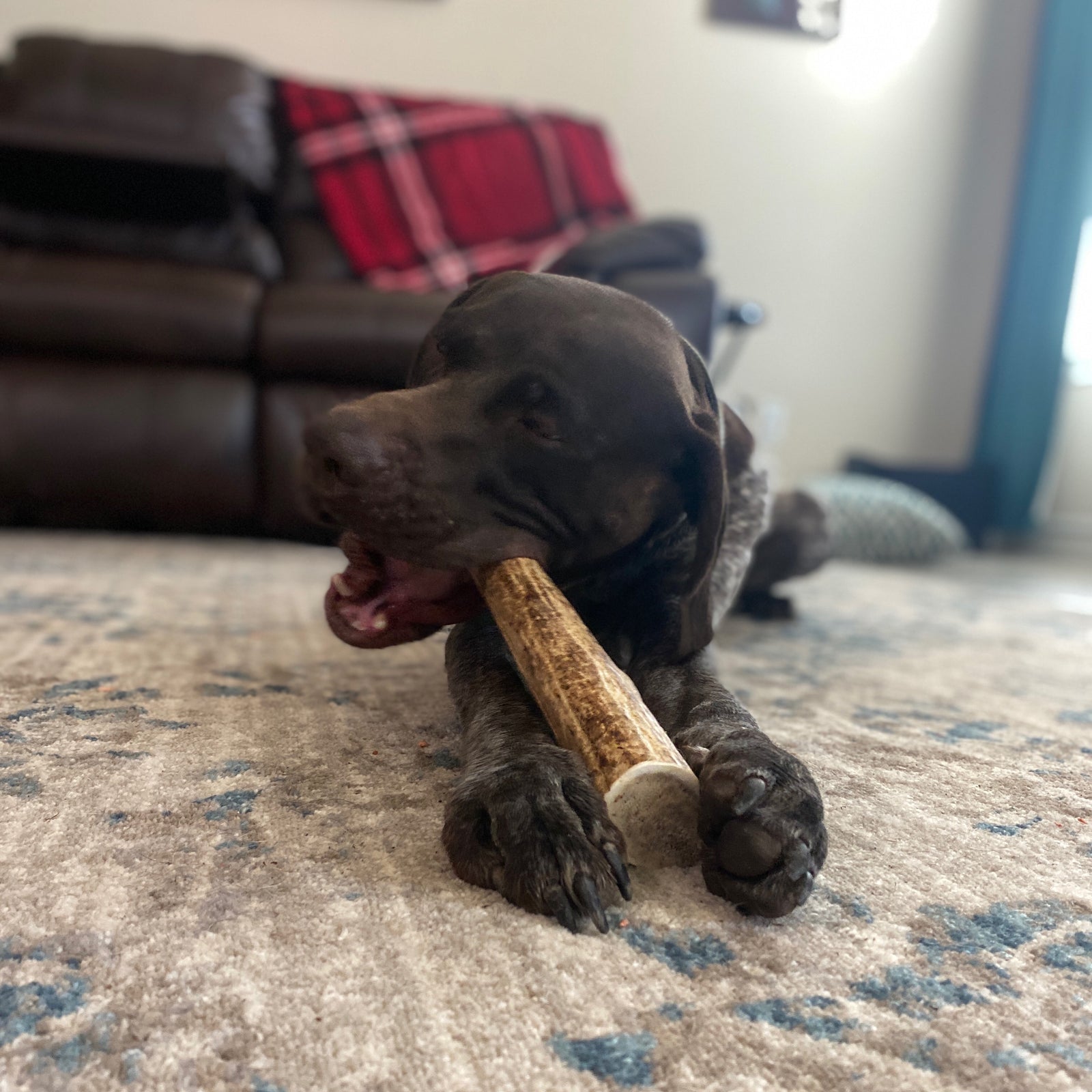

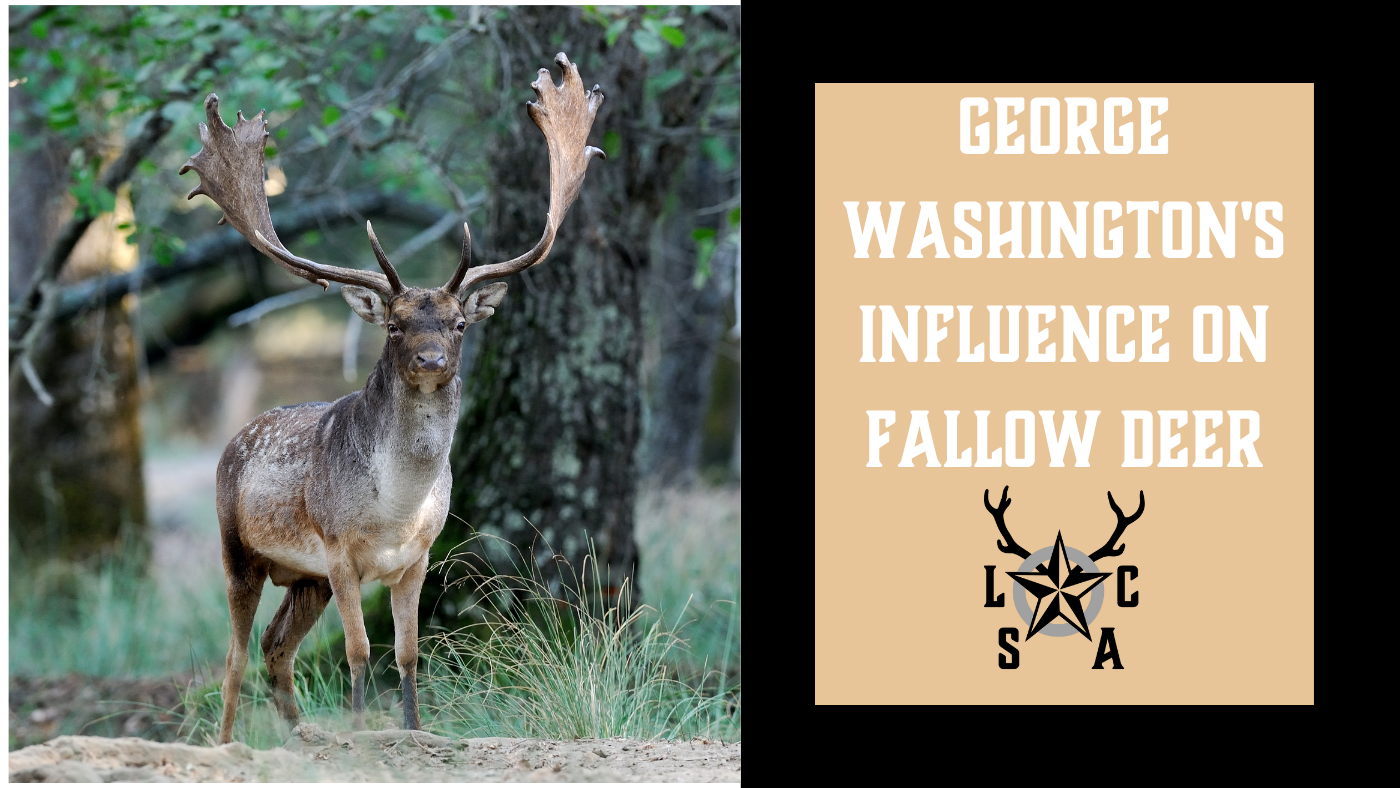
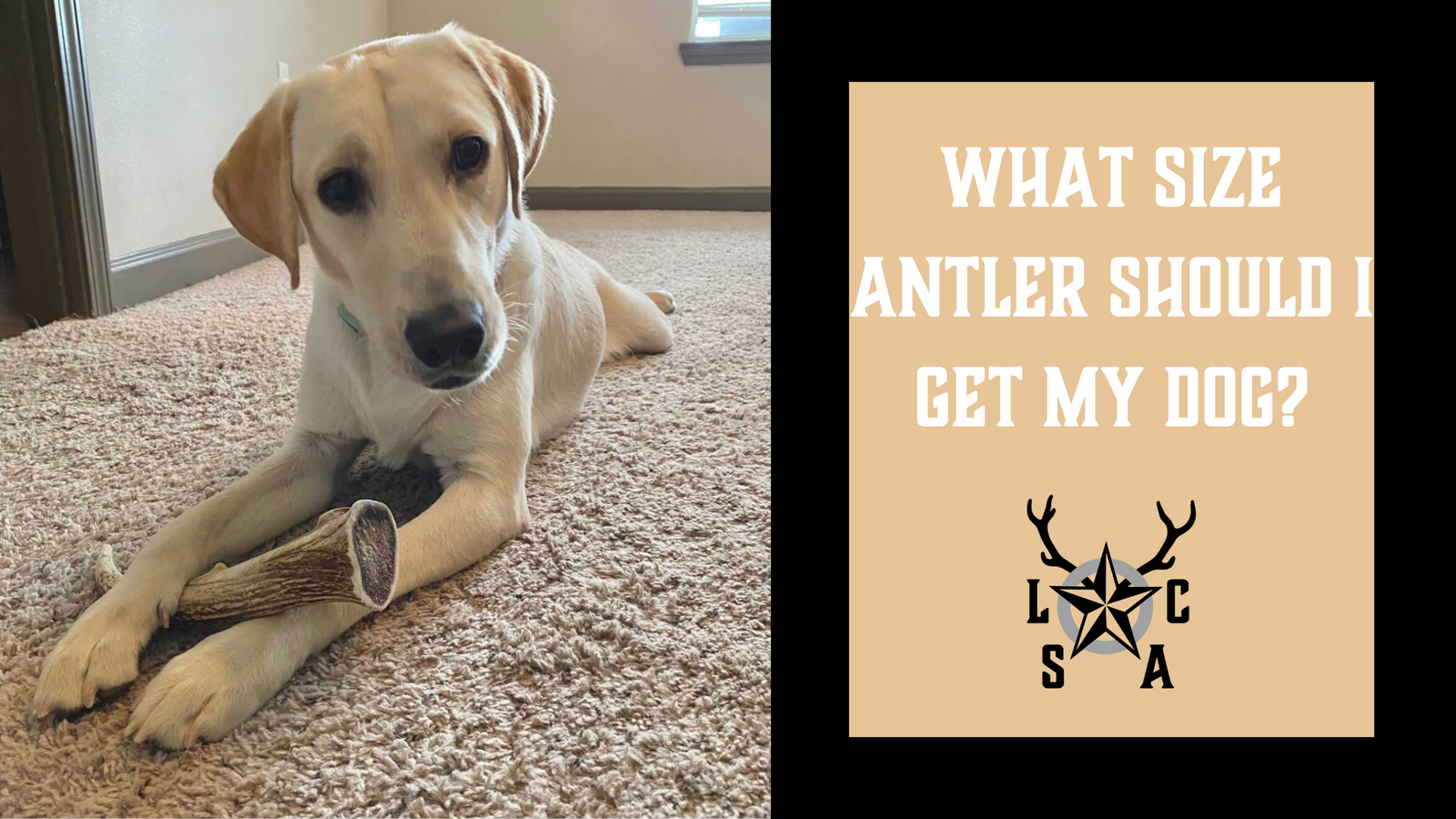
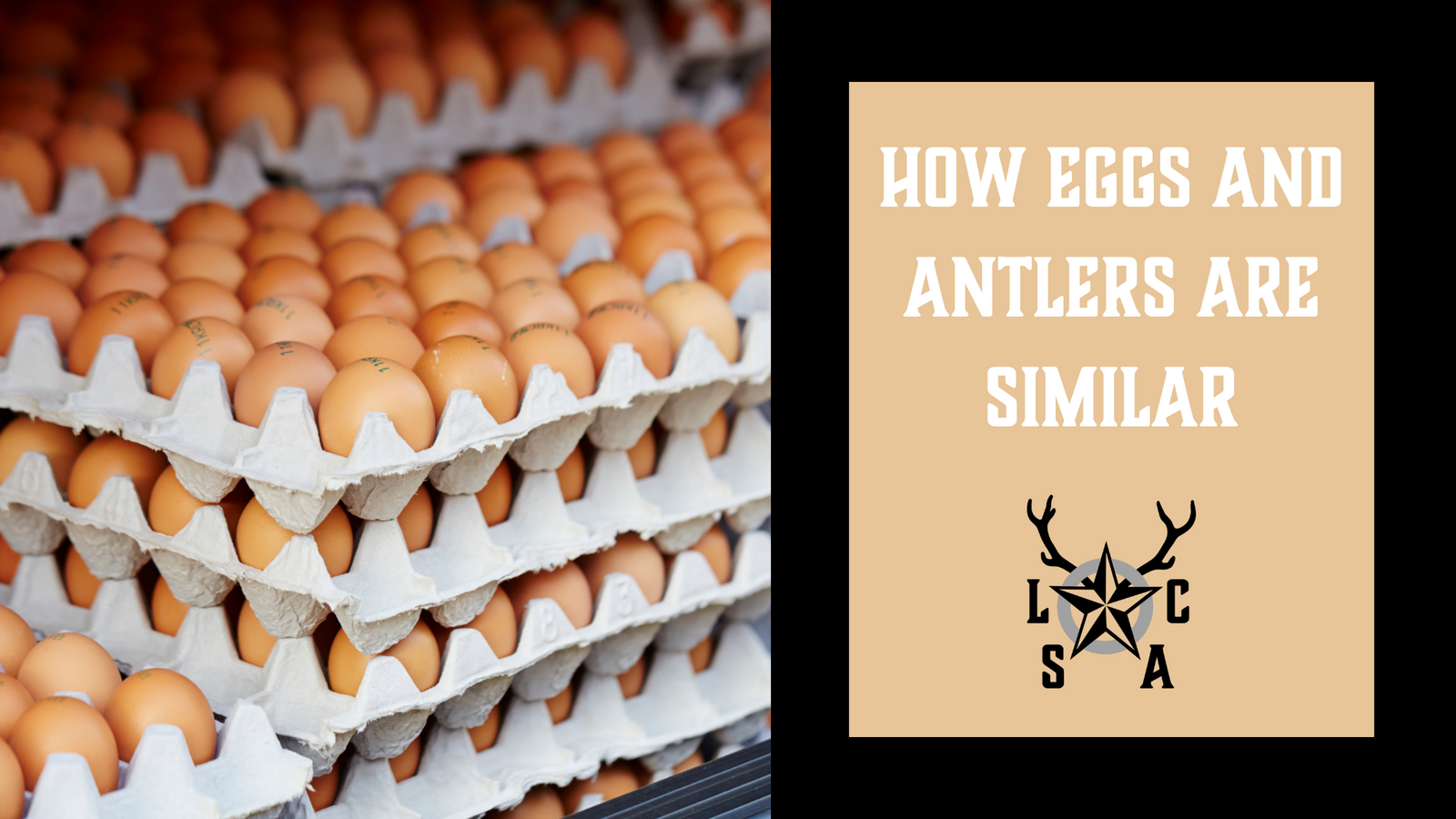
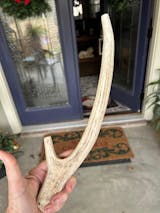
Leave a comment (all fields required)